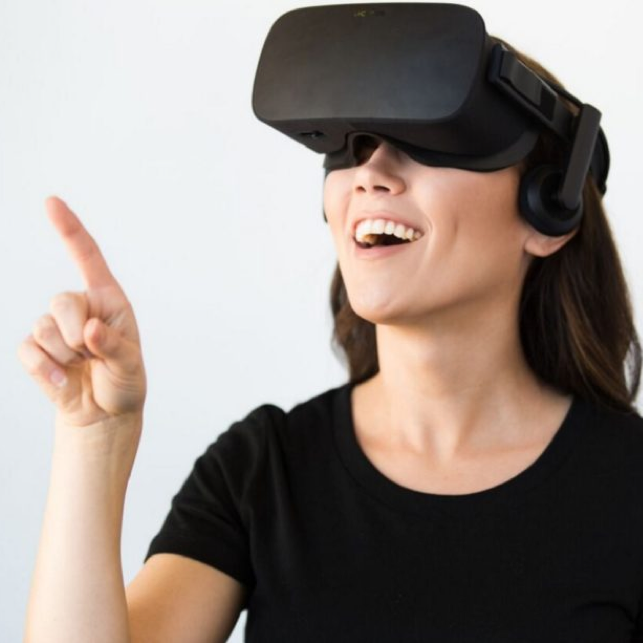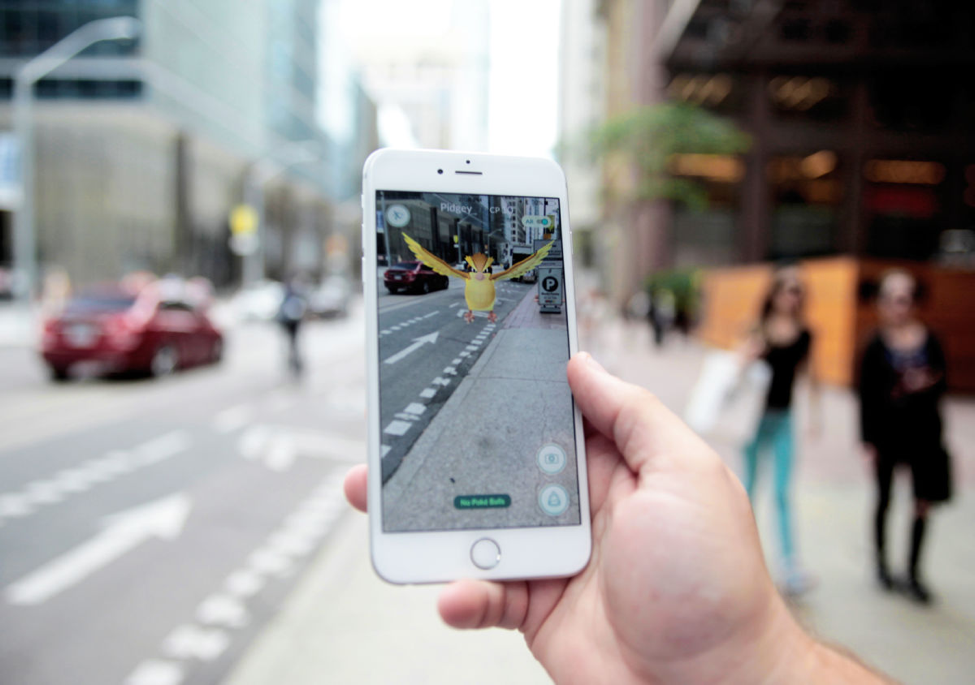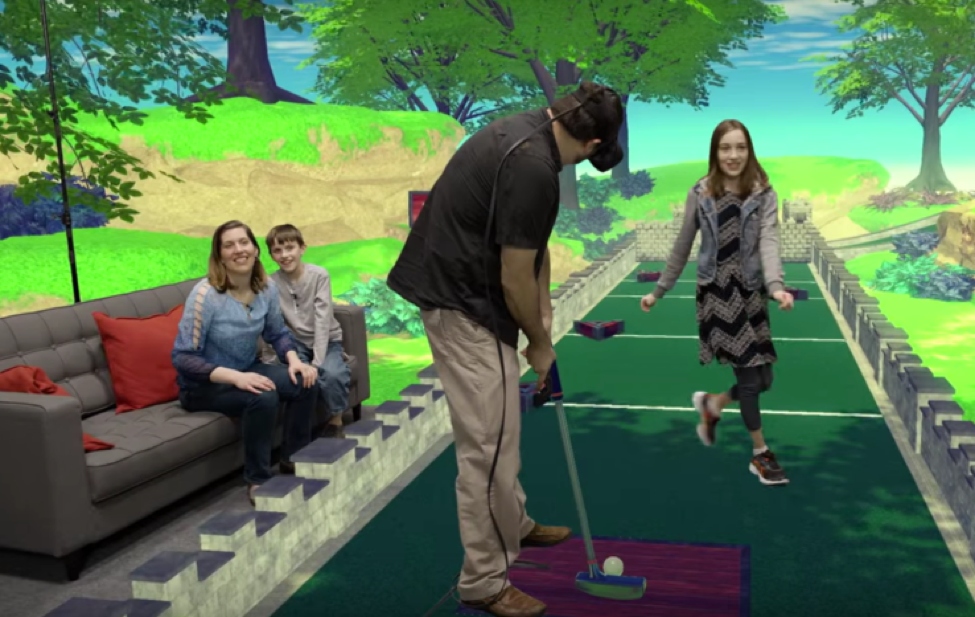
Courtesy: Models in Tech
By Evelyn Covarrubias
In our ever-changing tech world, it’s tough to stay up-to-date on industry advancements and evolving terminology. Even reality itself throws new jargon into the mix! Although “virtual reality” is rapidly entering the mainstream, few understand how the industry spans far beyond a mere headset experience. To help you board the VR train, we have compiled a brief breakdown of the difference between virtual reality (VR), mixed reality (MR) and augmented reality (AR):
Virtual Reality
Virtual reality, or “VR,” is the most popular of the trifecta and is most well-known for gaming experiences. That said, VR crosses many more platforms than just gaming. The use of VR can be seen in many industries, such as medical, business, education, entertainment and immersive film. VR requires a headset, also known as a head-mounted-display (HMD), and it aims to completely immerse viewers in a virtual world via the experience displayed on the headset. In VR, the visuals of a viewer’s actual location are completely absent.
A growing number of different headsets are available for virtual reality applications. The options range from the inexpensive Google Cardboard, which is literally a headpiece of cardboard that you put on your phone, to more advanced models like Samsung Gear, which also uses a phone, to high-resolution models such as Oculus Rift, HTC Vive and the recent PlayStation VR.
Augmented Reality

Courtesy: Chris Helgren, Reuters
Augmented Reality, or “AR,” has received a lot more attention due to the fun, yet addicting Snapchat filters that morph your image, as well as the runaway success of the Pokemon Go app that recently took over the lives of so many players worldwide. AR is a medium whereby augmented objects are overlaid onto the real world. In AR, real-life surroundings are still visible; they’re just “augmented” by virtual enhancements. For example, many modern vehicles include an AR speedometer that displays on the windshield for better visibility. A headset is not necessary to participate in an augmented reality experience.
Mixed Reality

Courtesy: TechCrunch
Mixed Reality, or “MR,” is a more interactive branch of augmented reality. In a sense, MR is a fusion of VR and AR. Mixed reality goes beyond the act of simply augmenting the real world, as virtual objects become a part of the real world itself. It is a combination of the real world and virtual illusions, and together they create a new hybrid environment.
While the debate between the semantics of VR, AR and MR is still ongoing, a primer differentiating all three terms will help users navigate the ever-transforming tech landscape for the foreseeable future.